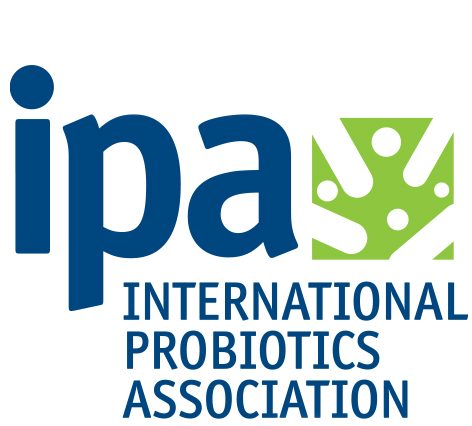Maybe we’d buy it more often if we could pronounce it.
Is it key-FEAR or KEY-fur or KEH-fur?
The majority voted for KEY-fur in a lively discussion over at babycenter community.
To be safe, know all three when bewilderment greets you at the store. Now, on to less pressing matters.
Kefir has been around for a long time, many thousands of years. But for most people on the planet, it’s a novelty.
Here’s the scoop: Any milk can be “kefir-ized” by adding just a few grains. Cow, goat, sheep and even coconut or soy milk can be fermented.
These are some of the healthful bacteria and yeasts found in the kefir grains: saccharomyces, lactobacillus, streptococci as well as lactose-fermenting yeast.
If you want to make your own, you will need a starter kefir to get the ball rolling.
Where do I find kefir grains?
Health food stores may have them as well as enlightened supermarkets. You can buy them online as well. Dried grains will work if you can’t get the live.
How to make your own kefir:
- Just add the kefir grains to any milk in a bottle or bowl and stir occasionally.
- Allow to ferment for at least 24 hours at room temperature.
- Then strain the grains with a sieve. Don’t discard them! The grains are used over and over again to make more beverages.
- Your liquid can now be drunk as a beverage or used in recipes such as sourdough bread and puddings. Smoothies made with kefir and frozen fruits provide loads of probiotics–more than yogurt– and ample vitamins and minerals.
If you prefer to stay out of the kitchen, there are some great new products with kefir in the dairy case.
Here’s a video on making kefir. There are many more on YouTube.

